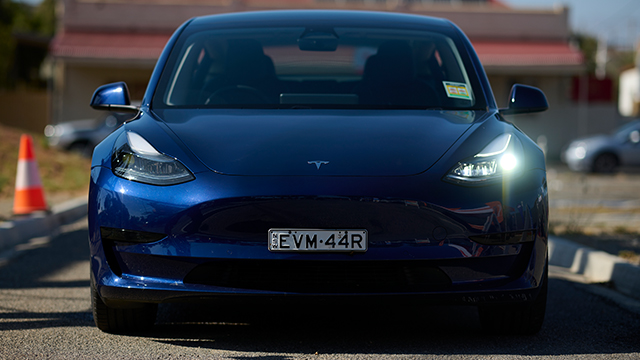NRMA have produced what seems like a good high level summary of the facts and fiction around EV ownership

 www.mynrma.com.au
www.mynrma.com.au

EV fact or fiction: busting common electric vehicle myths
We debunk common electric cars myths about charging, towing, battery recycling. driving range and emissions.


